In August 2021, UN experts sounded the alarm that forecasts for the pace of global warming were actually too optimistic. The worst scenario for global warming is playing out, and in order to smooth out this dangerous trend, we must sharply cut our carbon emissions. The report sparked heated debate, and many experts have called for serious contraction in carbon-intensive industries. BASF is already well on its way towards this: it has learned how to make money from green technologies, changed its business model and is trying to find new ways of producing chemical products that do not harm the environment.
Roadmap to climate neutrality
BASF has been supporting global environmental conservation initiatives for more than 25 years now. The company is committed to the Paris Agreement and is guided by the principles underpinning the UN’s Sustainable Development Goals. Naturally, the UN’s latest reports were keenly discussed at BASF. These trends are alarming, so we as a company decided to set ourselves even more ambitious sustainability goals – to achieve net zero emissions by 2050. As part of our corporate Carbon Management Programme, we have also raised our medium-term target for greenhouse gas reduction: by 2030, they should decrease by a quarter, even despite our organic business growth and capacity additions we have planned.
The company has developed a decarbonisation roadmap, which encompasses three areas. The first of these involves optimising the use of resources to boost operational efficiency. Investments in this area have been stepped up from EUR 250 million to EUR 400 million per year. One example of this concept in action is our acetylene plant in Ludwigshafen, Germany, where we were able to cut the consumption of natural gas by 10% per tonne of final product by optimising production processes. A significant proportion of the natural resources we use is cleaned and reused, and everything that cannot be reused is subjected to safe, deep recycling. There is a myriad of similar examples.
The second area of the decarbonisation programme involves increasing the share of renewable electricity in the production of finished products. BASF does not generate its own electricity, we purchase it directly from the external market. Right now, the 23 BASF Group companies in Europe, North America and Asia have managed to fully cover their energy needs with renewables. Our new chemical complex, which is being built in India and is slated for launch in 2024, will also be fully powered by renewable energy. I would like to mention right away that this kind of energy is more expensive, but consumers are increasingly willing to pay this premium.
At our acetylene plant in Ludwigshafen, Germany, we were able to cut the consumption of natural gas by 10% per tonne of final product by optimising production processes.
We are working with SABIC and Linde to build an experimental electrically-heated steam cracker furnace. We plan to power it using renewable electricity
By purchasing products manufactured using recycled resources and renewable energy and offering proven environmental performance, buyers feel a part of the decarbonisation process and know that they are reducing the impact of humans on the environment. Of course, no one takes manufacturers’ statements at face value, which is why a network of special certification centres that audit production facilities has already been built up in Europe, and both public authorities and consumers trust their findings. By manufacturing products with a certified environmental performance, we enable other industries and manufacturers to prove their commitment to high environmental standards with their actions.
The third area is R&D. We understand that most of our production facilities are largely optimised, and that we have reached the technological limits. To go further, we need new technologies and innovations. We are not talking about developing any specific new products per se, but rather about taking technological processes to a new level. As part of their carbon management efforts, BASF’s R&D facilities are searching for new solutions that will unlock the zero-emission production of basic chemical compounds.
As part of their carbon management efforts, BASF’s R&D facilities are searching for new solutions that will unlock the zero-emission production of basic chemical compounds.
At SIBUR PolyLab’s laboratories, BASF tests various additives in plastics and holds joint training workshops, where participants can discuss solutions that hold promise not only for plastics production but also for plastics recycling
For example, we are working with SABIC and Linde to build an experimental electrically-heated steam cracker furnace. We plan to power it using renewable electricity. This way, basic chemicals like ethylene, propylene, etc. can be produced with a negligible level of CO2 emissions when compared to conventional plants. Another example is the zero-carbon methane pyrolysis technology used to produce hydrogen from natural gas. An experimental reactor has already been built and put into operation at Ludwigshafen. The project is partially funded by the German government and other R&D centres. We have an exciting joint project with LanzaTech that involves leveraging biotechnology to utilise industrial off-gases. Bacteria are used to capture carbon monoxide (CO) and process it into the valuable chemical compound n-octanol, which is used in cosmetics.
A green business model
In order to achieve its climate neutrality targets, BASF intends to invest up to EUR 1 billion by 2025 and an additional EUR 2–3 billion by 2030. Out of our 110 thousand employees, 10% work in R&D. We receive around a thousand patents each year and collaborate with a range of research institutions, universities and commercial partners – a big investment. And today we can say with confidence that these investments drive additional income. BASF has managed to implement a working business model that allows us to meet our sustainability objectives, all while generating value for shareholders.
The model covers every link in the value chain, starting from the purchase of raw materials. We choose our suppliers responsibly, giving preference to those who follow the principles of sustainable development and hold the appropriate certification.
Zero-carbon methane pyrolysis technology used to produce hydrogen from natural gas is being tested at Ludwigshafen.
Both new and existing suppliers are evaluated not only against economic criteria, but also against ESG standards under our Supplier Code of Conduct, which is based on internationally recognised principles, such as those of the United Nations Global Compact. The Code of Conduct covers compliance with human rights, labour and social standards, anti-discrimination and anti-corruption legislation, as well as environmental protection. Our goal is to ensure that 80% of our partners meet these criteria.
The second key area of our corporate commitments throughout the value chain is the fact we are striving to make our operating processes as safe as possible for people and the environment. In order to achieve excellence in business sustainability, we use resources rationally, i.e. only the minimum amount necessary to achieve maximum returns; in addition, we find ways to reuse resources or dispose of them responsibly at the end of their life cycle. On top of this, we strictly adhere to ethical principles when interacting with all production chain participants – and we expect the same approach in return.
When the COVID-19 pandemic struck, BASF reshaped its operations quite seamlessly – we were already prepared for this kind of event.
In 1992, we introduced the chemical industry’s international Responsible Care programme, which sets out rules for the safe management of chemicals. The framework is also in force across our Russian assets. One of its Fundamental Features involves preparing for emergencies, including pandemics. Therefore, when the COVID-19 pandemic struck, BASF reshaped its operations quite seamlessly – we were already prepared for this kind of event. In addition, we strive to reduce the level of industrial injuries to zero and have achieved solid results along the way.
The last thing that needs to be mentioned is accelerants. They boost production efficiency and the eco-friendliness of our customers’ products, for example, solutions for the automotive industry. As you are well aware, Europe is currently seeing a clear trend towards switching fleets to more environmentally friendly alternatives. We offer carmakers a package of solutions that make their cars greener, including upholstery, batteries, fuel additives, and so on. The principles of decarbonisation and the circular economy apply to petrochemicals, metallurgy, agriculture, light industry, construction and much more. With this in mind, manufacturing companies are keeping a close eye on any solutions that come to market and allow them to make their products environmentally neutral. Sales of these kinds of products earned BASF EUR 17 billion out of the EUR 59 billion in revenue it posted in 2020. Under our strategy, we aim to increase their share to EUR 22 billion by 2025; in other words, we are talking about a third of BASF’s total revenue.
Principles of sustainable development
Our ESG policy is all-encompassing – we do not make exceptions for different regions of the world. The Russian economy produces a lot of raw materials, which are sold in external markets. Therefore, as environmental requirements become more stringent, Russian companies will have to respond to consumer demands. Nord Stream 2, a pipeline that will deliver natural gas to Germany and onwards to other European countries, will soon receive certification, including to environmental standards. Russian gas producers want to beat their competition, so they are already getting to work reducing СО2
emissions during the production and transportation of raw materials. Moreover, both the Russian President and the Russian Government are in agreement that the entire economy needs to transition to more sustainable growth.

BASF has introduced IrgaCycle additives to the Russian market, which improve the quality of recycled raw materials obtained from recycled plastic, allowing for a higher percentage of recycled content in new products.
In order to achieve its climate neutrality targets, BASF intends to invest up to EUR 1 billion by 2025 and an additional EUR 2–3 billion by 2030
Yet so far, the goals set at the nationwide level have been lacklustre – at least those listed in the Ministry of Economic Development’s draft of the Long-term Development Strategy to 2050. Under the project, greenhouse gas emissions by 2050 should be cut 36% from their 1990 level, or by up to 2 billion tonnes of CO2 equivalent, and I would not say that we are lagging behind. Of course, Europe and North America set the pace, but there is currently a boom in green technologies in Russia, and the desire for rational consumption is taking hold. The prospect of a carbon tax in the EU is pushing domestic exporters to introduce technologies that reduce carbon emissions. We can feel this, for example, through the attention our solutions are garnering from Russian metallurgy, fertiliser manufacturers, plastic manufacturers and other companies who are likely to come under fiscal pressure.
BASF itself is also trying to help reduce the impact of Russian enterprises on the environment. For example, at a partner’s enterprise in Kirovo-Chepetsk (Kirov Region) we manufacture plant protection agents, which must be packaged in plastic canisters with a special protective layer of inert gases. Previously, these canisters needed to be imported in from France, meaning empty packaging was being lugged halfway across the continent, which entailed costs, CO2 emissions, etc. We decided to offer the new technology to a local canister manufacturer; a contract has already been signed and the production of plasma-coated canisters has been pioneered in Russia. As a result, BASF was able to significantly cut costs and make our own business more eco-friendly.
Another example is our work with IBC containers. Around six thousand cubic metres of chemicals for various industries are supplied to Russian enterprises from Europe every year. This generates about 80 tonnes of plastic waste annually as a result. BASF has signed a contract to dispose of this plastic. Now, containers are either recycled or reused, according to the rules governing how to handle a particular chemical product.
Effective collaboration
We value our long-standing partnership with SIBUR. Regular meetings are held at various levels between management, top management and subject specialists. A wide range of issues is discussed, starting from an analysis of the market situation and ending with the current agenda. As an example, at one of the recent webinars dedicated to customer focus, it was useful for us to hear from colleagues at SIBUR about their experience selling online and managing customer relationships through an online platform. At SIBUR PolyLab’s laboratories, BASF tests various additives in plastics and holds joint training workshops, where participants can discuss solutions that hold promise not only for plastics production but also for plastics recycling. A memorandum of understanding on sustainable development and the circular economy was signed between the two companies in late 2019. One of the most pressing things it covered was the recycling and reuse of plastic. Both companies place great importance on this area; we are interested in our colleagues’ progress, and I am sure they are also interested in ours.
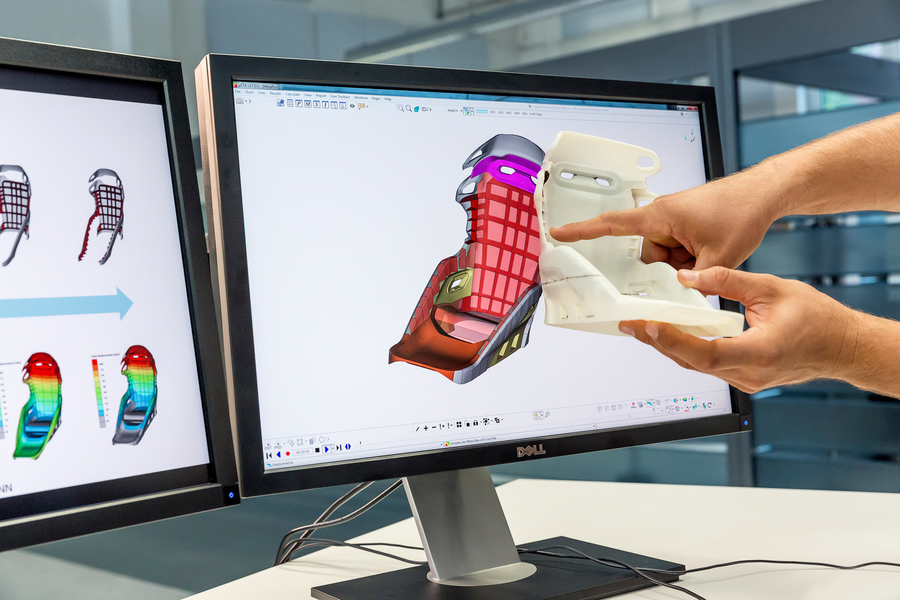
The services and products of our new business in Russia, BASF 3D Printing Solutions, are increasingly gaining traction and are being used in a broad variety of industries.
BASF strives to spearhead this process. Literally a few days ago, we introduced IrgaCycle additives to the Russian market, which improve the quality of recycled raw materials obtained from recycled plastic, allowing for a higher percentage of recycled content in new products. This allows plastic to be recycled over and over again, and successfully integrates it into the circular economy. We hope that this product line will see big demand from Russian enterprises, much like the services and products of our new business in Russia, BASF 3D Printing Solutions. This technology is increasingly gaining traction and is being used in a broad variety of industries: chemicals and petrochemicals, healthcare, dentistry, construction, architecture, machine building and the automotive industry, as well as intersectoral solutions for IT and robotics, and the production of consumer goods – and this is not even an exhaustive list. 3D printing promotes smart resource consumption; thanks to the accuracy of this technology, it allows us to make parts fit together better, reduce the percentage of defects and create a tailored product suited to the individual needs of the customer.
Ultimately, our goal when engaging with partners – and in particular with SIBUR – is to enable joint projects; for example, introducing innovations to decarbonise production processes or finding a technology solution to enable plastic recycling. Signed by the leaders of BASF and SIBUR, our joint roadmap sets out a variety of activities. By partnering with SIBUR – the undisputed leader of Russian petrochemicals – we are opening up broad horizons.
By partnering with SIBUR – the undisputed leader of Russian petrochemicals – we are opening up broad horizons.
Nonetheless, looking at sustainable development issues, we are keen to work with partners from any industry. For this reason, BASF in Russia is currently preparing an ESG initiative for all market players. Its goal will be to purposefully and progressively spread awareness about the philosophy of responsible consumption throughout Russia. In Russia, demand for this is currently becoming more and more apparent. The main drivers of this will be major companies, which, through their own volunteering, environmental education, decarbonisation and waste disposal programmes, will create an information environment that influences consumers. We believe that by joining forces, we will be able to continue driving this agenda, making our businesses more environmentally neutral and consumption more rational and responsible.
Download PDF


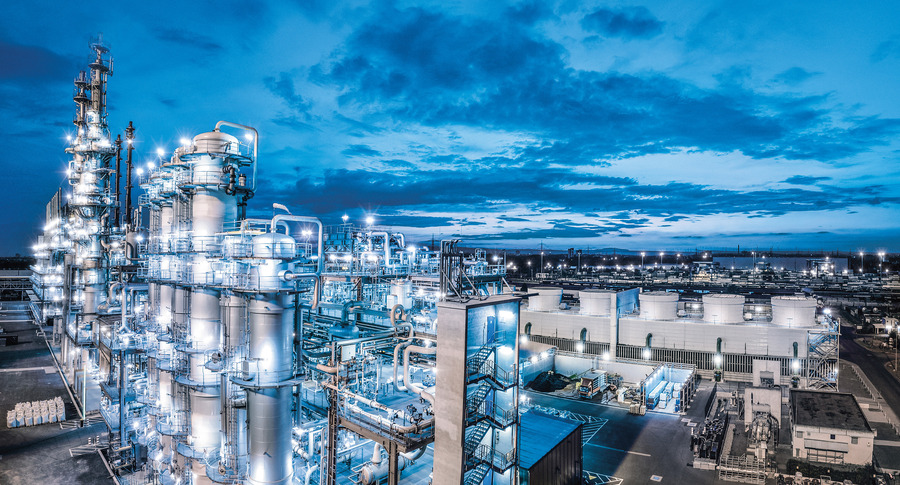
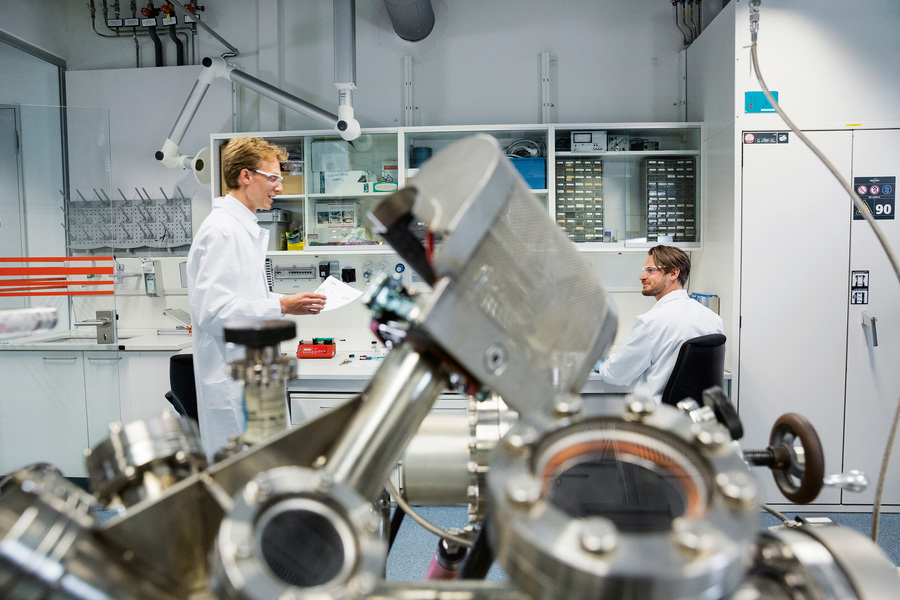
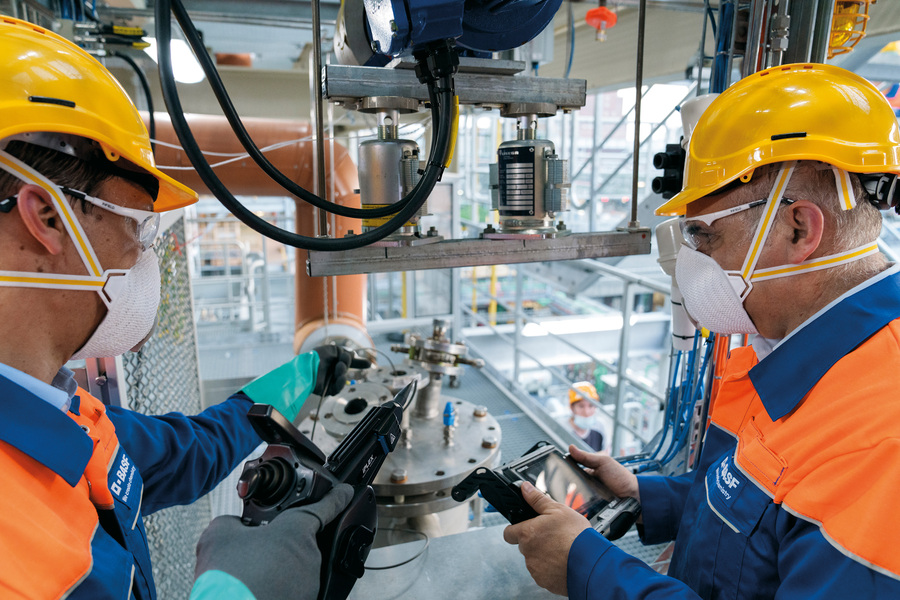
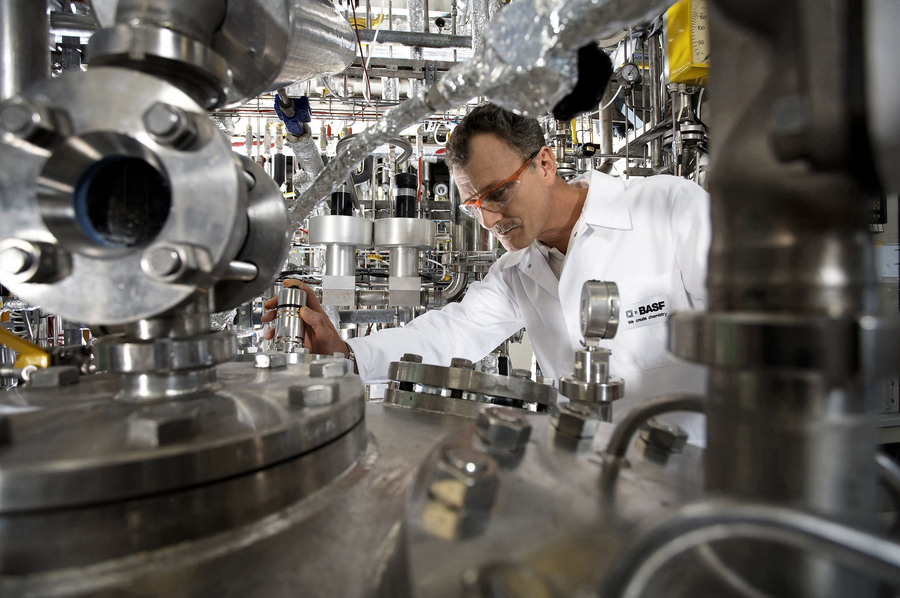


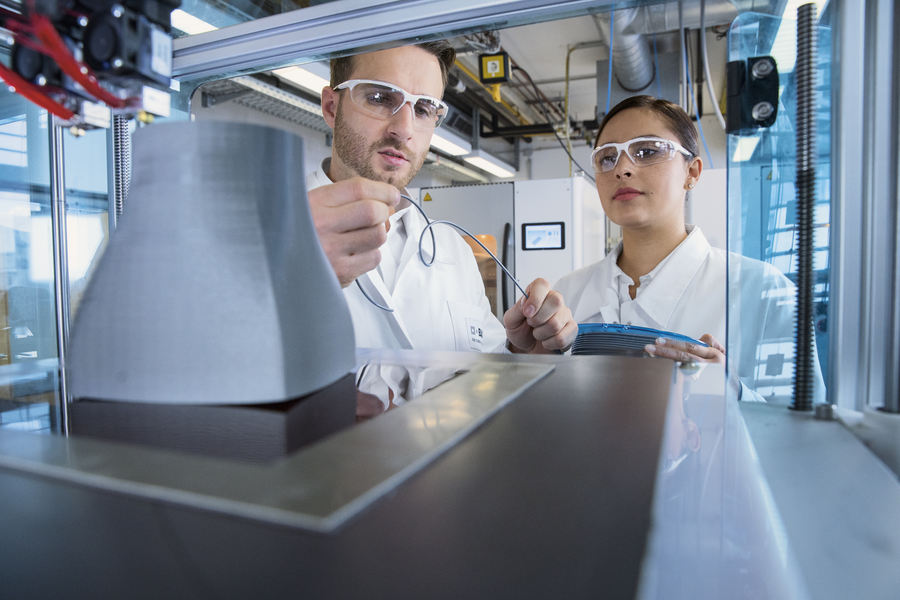
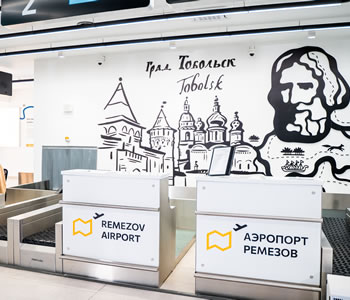


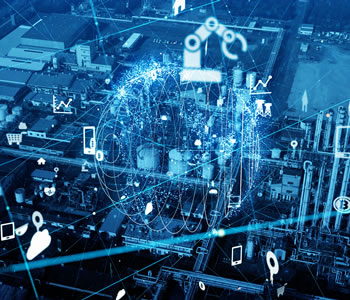
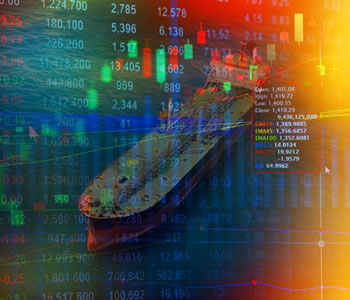
Larisa Guro
Business Development Manager at BASF Russia and CIS